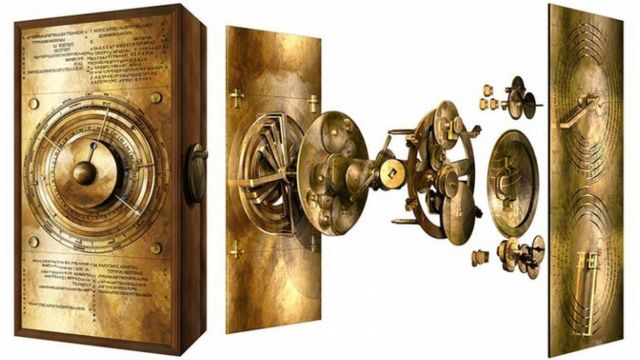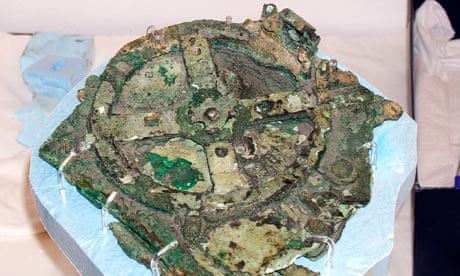The Antikythera Mechanism, a mysterious artifact discovered over a century ago, continues to captivate scientists and historians alike. Regarded as one of the most remarkable discoveries in the field of ancient technology, this intricate mechanism has been referred to as an "ancient astronomical calendar computer." This article delves into the Antikythera Mechanism's fascinating history, functionality, and its significance in our understanding of ancient civilizations.
Historical Background:
The Antikythera Mechanism was discovered in 1901 amidst the wreckage of a Roman shipwreck near the Greek island of Antikythera. Its origins have been traced back to the 2nd century BCE, making it an astounding testament to the technological prowess of ancient Greece. Initially overlooked and mistaken for a lump of corroded bronze, it took several decades of research and modern technology to unravel its true nature and complexity.
Functionality and Complexity:
Upon closer examination, the Antikythera Mechanism revealed a stunning array of gears, dials, and inscriptions, hinting at a sophisticated purpose beyond the initial assumptions of its discoverers. It is believed to have served as an astronomical instrument, capable of predicting celestial phenomena with remarkable accuracy.
Using a combination of complex gear systems and precisely calibrated dials, the Antikythera Mechanism enabled ancient astronomers to track the positions of celestial bodies, predict lunar and solar eclipses, and determine the dates of important astronomical events. The level of precision achieved in its design is truly remarkable, considering the technological limitations of the time.
Significance and Implications:
The Antikythera Mechanism has not only shed light on the advanced knowledge of astronomy possessed by ancient civilizations but has also challenged conventional beliefs about their scientific achievements. The device's intricate design and functionality suggest a level of technological sophistication that was previously thought to be beyond the capabilities of ancient societies.
This discovery has forced historians and archaeologists to reevaluate their understanding of ancient Greek science and technology, acknowledging that these societies were capable of engineering marvels far ahead of their time. The Antikythera Mechanism stands as a testament to the ingenuity and intellectual curiosity of our ancient predecessors, bridging the gap between the ancient and modern worlds.
Ongoing Research and Replication Efforts:
Over the years, scientists and researchers have made significant progress in decoding the mechanisms and inscriptions of the Antikythera Mechanism. Using advanced imaging techniques such as X-ray computed tomography, they have been able to unveil additional layers of complexity and refine their understanding of its inner workings.
In recent years, a team of scholars and engineers has even succeeded in constructing a functional replica of the Antikythera Mechanism. This ambitious undertaking not only demonstrated the accuracy of their interpretations but also highlighted the immense skill and precision required to build such a device using ancient techniques.
The Antikythera Mechanism continues to inspire awe and fascination, serving as a testament to the genius of ancient Greek civilization. This remarkable artifact not only showcases their advanced knowledge of astronomy but challenges our assumptions about the technological capabilities of ancient societies. As ongoing research and replication efforts shed more light on this ancient astronomical calendar computer, we are reminded of the timeless quest for knowledge that unites us across the ages.


